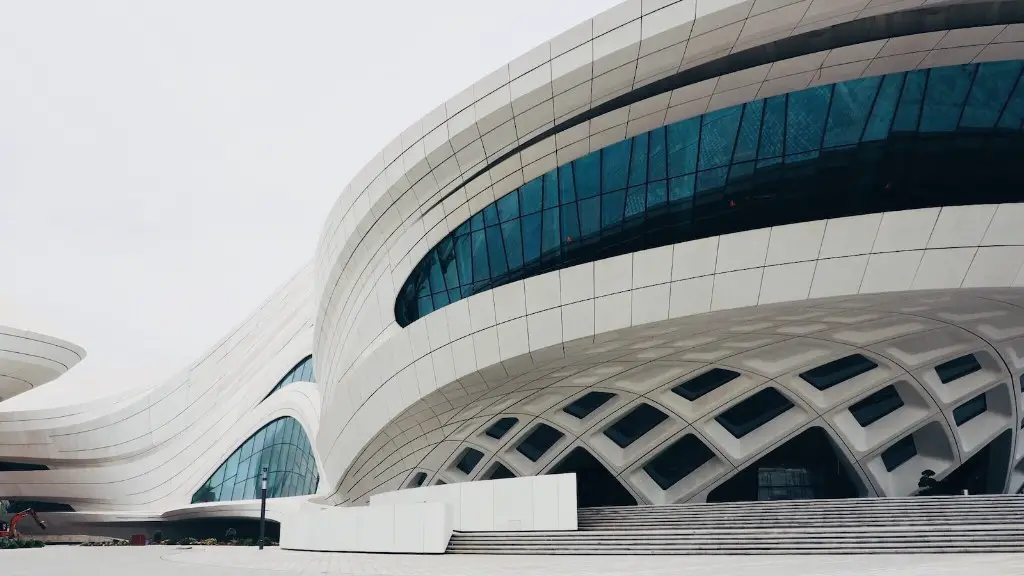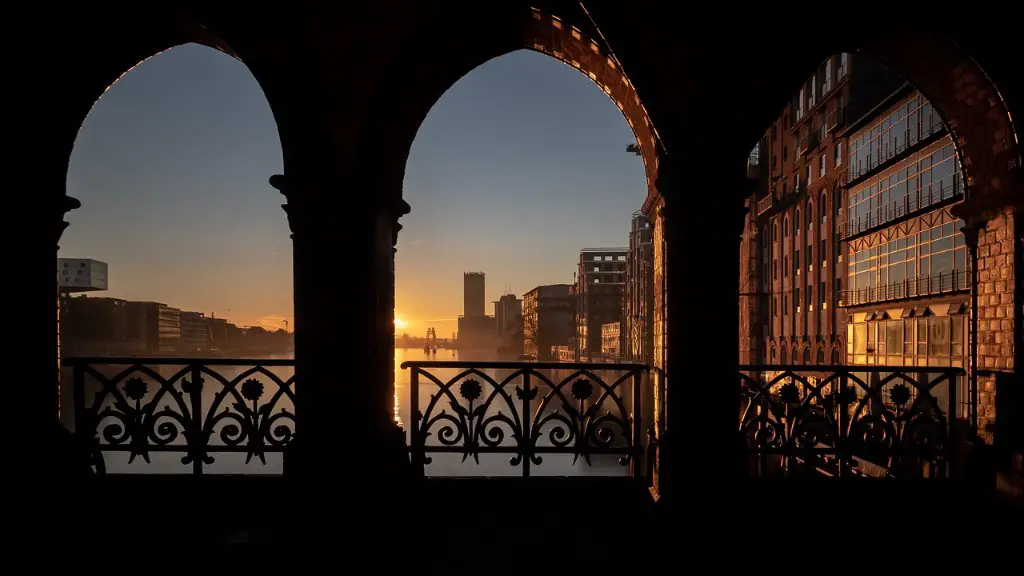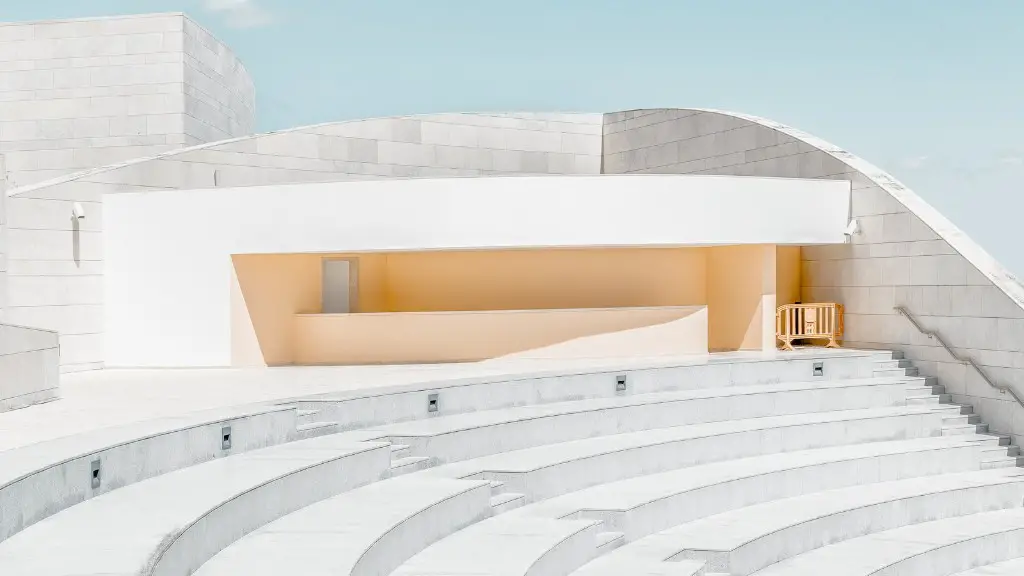Architecture is the constructed environment that shapes day-to-day life in a community, whether it is a small town or a metropolitan city. Responsible for utilitarian and aesthetical aspects, the principles of architecture play a critical role in creating a sustainable, accessible, appealing and memorable space for people to live in.
Not surprisingly, architecture is inextricably linked with cultures, traditions, and societies as it provides a sense of identity and belonging to its inhabitants. Strongly connected with history and psychology, it tells stories of past civilizations and reflects the needs, aspirations, and accomplishments of times gone by. As such, it is an essential factor when it comes to forming a social bond between people.
On a practical level, architecture has long been involved in finding solutions to end global problems, such as extreme weather events, climate change, resource issues and population growth. By allowing cities to be built that better fit in their natural environments, keep energy usage low and create ways for people to move between urban and rural habitats, architects can make life in cities easier and more sustainable.
When it comes to the hospitality sector, architecture is an important tool for creating the desired atmosphere and ensuring an excellent level of service. It is well known that design plays an integral role in the success of a restaurant, hotel, or any other similar establishment. The architecture of such places should make customers feel comfortable, relaxed and offer a pleasant experience.
In the medical field, patient-centred design should be employed – like patient-centred care – to ensure that the institutions create and maintain an atmosphere that respects the well-being and privacy of individuals. This can be achieved through well-designed physical environment, such as using colour to enhance the patient experience and reduce stress, as well as designing the layout of the public spaces to optimise comfort, safety and infection control.
Architecture is essential in the construction of public transportation systems. As the needs of cities change, new modes of transportation must be designed to reduce congestion, pollution and restore a sense of community to the city. Architects play an important role in designing efficient, cost-effective, safe and comfortable transportation systems that effectively meet the needs of their users.
The importance of architecture reaches far beyond aesthetics and practicality. It is an integral part of city or country planning as it helps guide the growth and improvement of communities. Architecture shapes the future of a place, often acting as a cornerstone of urban development and creating a unique identity for a city.
Public Appearance and Meaning of Architecture
The public appearance of architecture conveys the message of a society’s values and understanding of the world. The artistic interpretation of any structure can reflect the character of its respective era and cultural background. Buildings such as churches, temples and cathedrals are considered sacred and are among the most important landmarks that help define a community.
Architecture provides a visual representation of societal values and ideas, from the way materials are used to the number of stories a building stands. Architecture also has a strong influence on our sense of identity, as it serves as a physical reminder of a particular cultural group or a period of time.
The importance of stylistic consistency and context in architecture should not be underestimated either. The concept of “Neighborhoods” emphasizes how important it is for structures in close proximity to match in terms of architecture and design. This ensure that a sense of comfort and familiarity, which is essential for any public setting, is established and maintained.
Contemporary Architecture
In the era of renewable energy, modern architects experiment with energy-efficient building materials and construction techniques as they strive to create structures that will reduce their environmental impact. Passive houses and green buildings have become increasingly popular in recent years as they provide cost savings and energy efficiency.
Such environmentally-friendly innovations have been thoroughly embraced by architects, as they now have the tools and the technology to create solutions tailored to the needs of society. Such a shift has also opened up the field to more creative and unorthodox possibilities.
Another trend that is redefining modern architecture is the focus on social interaction and user experience. In many cities, architects are designing public spaces with the aim to encourage interaction and create an unforgettable experience. Projects such as The High Line in New York City or Victoria Street in London are great examples of what can be achieved when architects and city planners work together to create unique social environments.
Today, technology and sustainability have become important aspects of architecture, allowing architects to explore and experiment with every project. Architects now have an even greater freedom to create functional and aesthetically pleasing structures and can use their imagination to come up with innovative solutions that propel their fields forward.
Architectural Education
Because of the rising complexity of architecture and the importance of design, architecture schools focus on producing graduates with a range of skills and technical knowledge. This is being facilitated by the development of new theories, approaches and materials that allow for more flexibility in design.
Coursework for architecture students is diverse and covers a breadth of topics that span everything from city planning to traditional architecture. Many learn through practical exercises, such as designing buildings, drawing plans and using tools to create 3D models.
In addition, architectural schools also teach their students the importance of ethics and the responsibility that comes with being an architect. The profession requires an understanding of social issues and an appreciation of the global context in which structures are created. As such, many of the courses available aim to prepare future architects to make well-informed decisions and develop projects that will benefit the community.
Architecture and the Arts
Architecture and the arts are closely linked, with both the visual and performance art influencing the design of structures around the globe. This practice is evident in the incorporation of features such as sculptures, murals, mosaics and light installations in public spaces. By doing this, architects can create captivating environments that encourage social interaction in urban settings and bring joy to a city.
Signs, symbols and cultural iconography are further examples of how architecture and art can merge to create something beautiful. Such a symbiosis between the two disciplines can cause a space to become more like a living entity, adding life and vibrancy to any place.
The incorporation of art into architecture is an ongoing practice across the globe; one that helps us to understand our cultural heritage, add colour to our cities and create a unique identity for our society.
Architecture and Science
Similarly, architecture is heavily linked to science, with technology playing a major role in the creation of architectures. In the past decade, technology has become increasingly present in architecture, allowing its practitioners to create incredibly complex systems to deliver energy efficient, sustainable, and above all, livable buildings.
In the context of global climate change, the use of renewable energy sources is quickly becoming a necessity for any responsible development project. Architects and engineers now have the tools and resources needed to create innovative solutions that make a sustainable future a possibility.
Furthermore, as technology continues to develop, architects can rely on more efficient methods of production and building. This can result in more innovative designs, more cost-effective construction, and faster delivery of projects.
Cause and Effect of Architecture
Architecture has a profound impact on our daily life, as it influences the way we work, travel, and live. As such, it should always revolve around people and their needs, as it influences their comfort, safety, and interaction with the space around them.
Architecture is an essential component of the modern world, with its requirements becoming increasingly complex. Creating a building requires a range of skills and an understanding of numerous disciplines, ranging from engineering to sociology. Architects are responsible for designing structures with unique characters that can influence and inspire future generations.
In short, architecture is much more than just the building of spaces – it has the potential to change the perception of cities and their inhabitants, as well as helping us to understand and appreciate the history of our societies.





